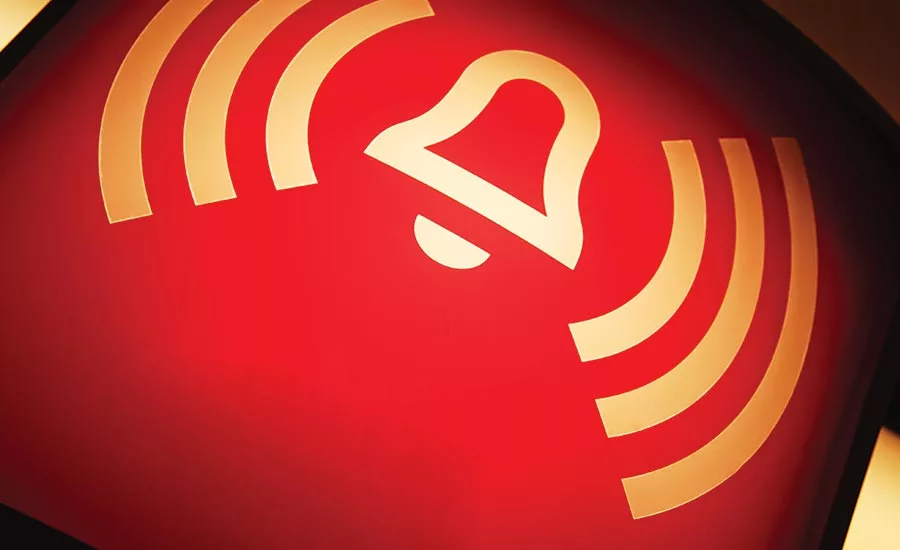How Mass Notification Tools Can Help Improve Workplace Safety

Any workplace has a duty of care to provide its workers with a safe environment. While many workplaces have certain safety measures in place, many lack a cohesive system for alerting and managing situations. This can be due to a number of challenges, including having a large population or campus that can make it difficult to ensure everyone is notified, having too many devices or systems that need to be activated, or not being able to quickly gather key stakeholders who can respond to an emergency.
Developing an effective workplace safety plan relies on strong communication. Workplace leaders in charge of safety need to look at addressing two key areas to help provide an environment that puts worker well-being at the forefront.
The first area is speed. How fast a message goes out often has a direct impact on how quickly people get out of harm’s way. Safety leaders need to identify opportunities to speed up their messaging workflow to ensure messages go out as quickly as possible.
The other area is reach. Leaders need their messages to reach as close to 100 percent of their population as possible so no one misses an important alert that could impact their safety. If a workplace is only using one method for communication, like mass SMS text messages, it’s unlikely they are reaching everyone as quickly as possible. The stumbling block many workplaces run into though is that by adding more tools that expand their reach, they add to the time it takes to get a message out to all of those systems.
That’s why organizations need to look for a way to tie together and manage disparate systems to make alerting as easy as possible. With the right mass notification solution, they can bring together a wide range of devices, set up simple triggers to activate alerts and prebuild messages for common events.
Addressing Speed
Workplace leaders can improve the speed at which they send out messages in a number of ways with help from a mass notification system. First, they can prebuild messages for events that their organization is likely to experience or could cause the most disruption. This could be severe weather, active shooter situations, medical emergencies or some other event. A robust mass notification system offers flexible options like customizable messages, to prepare for any scenario. In the midst of an emergency, the last thing the person in charge of sending a message wants to think about is what the message should say. Building it ahead of time ensures that the language is clear, concise and includes all of the relevant information to keep people safe.
Similarly, that person sending the message does not want to waste time having to decide who should receive the message and which devices and areas of your building or campus it should be sent to. When prebuilding messages, administrators should also look at associating specific groups of people and devices who will receive it. For critical events, it may be necessary to alert an entire area, but other situations may be more delicate and only require alerting the security team, or people on a specific floor of a building. Reaching the right people can help speed up response times.
To assist with getting these messages out quickly, workplaces should also make it easy to activate a message. Panic buttons connected to a mass notification system can make it easy for workers to request assistance or alerts others about dangerous situations. Panic buttons can be configured as virtual buttons or speed dials on a desk phone, through keyboard shortcuts on a computer, or connected to a physical panic button hidden under a desk. The easier it is for people to activate a message, the quicker people can be made aware of a situation and respond to it.
Other automatic triggers configured using a mass notification system can also speed up the time it takes to get an alert out. Automatic weather alerts can be activated by monitoring CAP feeds from the National Weather Service, contact closures on AED boxes can trigger notifications when the box is opened and other configured triggers can take much of the burden off people and reduce errors.
Expanding Reach
To expand the reach of messages, workplaces need to look at the devices and systems they are already using for mass notification. They may not have a specific tool they consider a mass notification system, but most workplaces have a way to communicate with their people, although some are more effective than others. As previously mentioned, having only one way to reach all of your people, whether it’s mass SMS text messaging, email lists, or phone calls, is not likely to reach everyone you need to be aware of a situation. Using a combination of devices and delivery formats that are activated simultaneously will give workplaces a much better chance of guaranteeing that everyone receives a message.
Audio and text alerts delivered to IP phones, IP speakers, desktop computers, mobile devices, digital signage and more can help get people’s attention, interrupt ongoing activities and make it make more likely everyone is aware of a potential crisis. Using a mass notification system, organizations can connect all of these devices behind the scenes and manage them from a single location. They can then configure these devices to broadcast mass notifications at the same time with the press of a button. This has the added benefit of adding value to existing technology investments.
By addressing these two areas with a mass notification system, workplaces can improve their safety initiatives to provide a more secure environment for their workers.
Looking for a reprint of this article?
From high-res PDFs to custom plaques, order your copy today!








